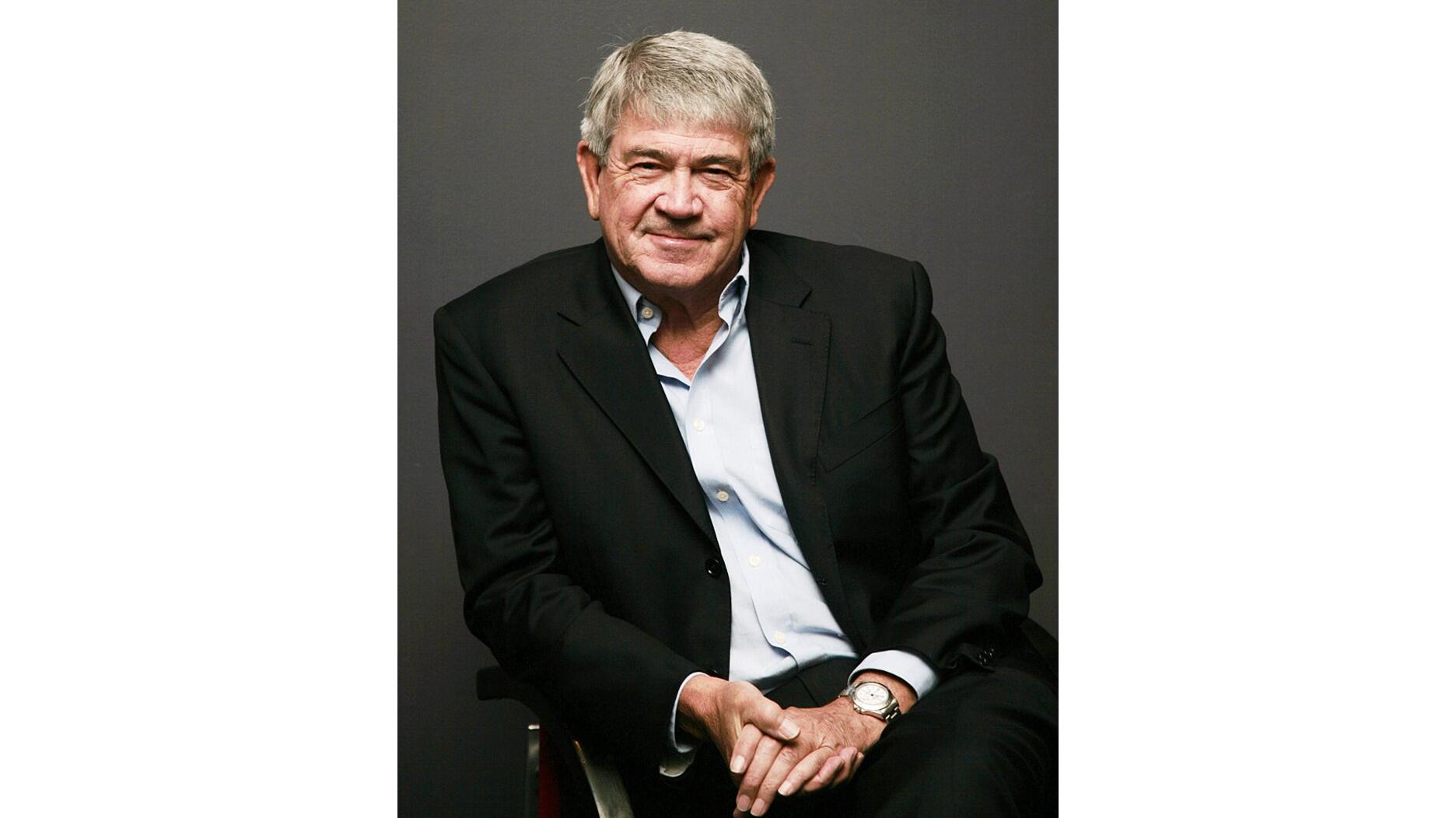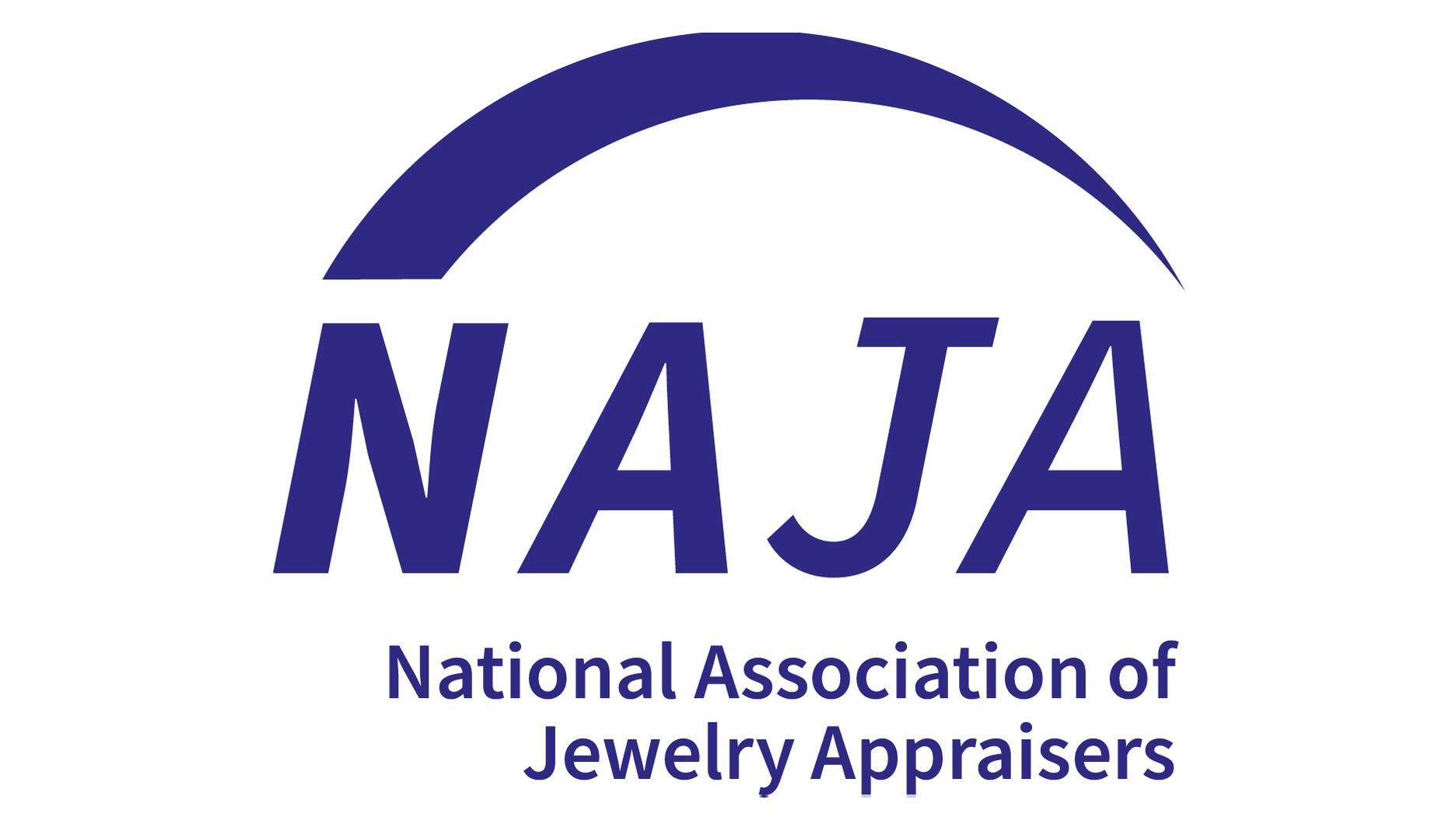The couple pleaded guilty to concealing at least $127 million in cash transactions at its precious metals businesses.
De Beers Rolls Out ‘Diamonds from DTC’ Origin Program
Sightholders now will be able to refer to rough stones from the company as “DTC diamonds.”

London—De Beers has officially launched its provenance program, allowing sightholders to refer to the diamonds they buy from the company as “DTC diamonds.”
The diamond miner confirmed earlier this year that the use of DTC diamonds would begin after the second or third sight, relaxing a long-standing rule that barred sightholders from attaching a De Beers name to their goods in any way. They were permitted only to say the diamonds came from one of the four countries where De Beers mines: Botswana, South Africa, Namibia or Canada.
DTC, or Diamond Trading Co., was the name formerly used for De Beers’ sales and marketing arm. The DTC was established in 1934 but the name was retired, so to speak, a few years ago when De Beers Group began tagging everything “De Beers.” The DTC became De Beers Global Sightholder Sales.
Beginning with the third sight of 2019, running now through April 5, sightholders and accredited buyers will be able to refer to diamonds purchased from the sights as “diamonds from DTC” or “DTC diamonds” along the supply chain.
In Canada, they will use “diamonds from Diamond Trading Company” instead, De Beers said.
Trade members also will be able to use the “diamonds from DTC” provenance claim across the value chain down to the consumer level, subject to meeting certain criteria.
The name “De Beers,” however, is still off-limits to the trade, as the company explained to National Jeweler in February.
In accordance with the change, De Beers relaunched the DTC.com website, which provides transparency information on each of the mines of origin in Canada, Botswana, Namibia and South Africa, it said.
“We are proud of where our diamonds are discovered, how we recover them responsibly and the role our activities play in building thriving communities,” De Beers CEO Bruce Cleaver said. “By enabling our customers to share the source of origin of our diamonds, we hope to drive further transparency throughout the diamond value chain.”
De Beers’ move is just one of several efforts from the industry to drive transparency in the diamond mining sector.
In January, Tiffany & Co. rolled out its “Diamond Source Initiative,” providing the country of origin for most “individually registered” diamonds—those that are 0.18 carats or larger and have been laser-engraved with “T&Co.” and a unique serial number.
The GIA also just announced that it will begin offering a Diamond Origin Report service
To be eligible, customers will be required to submit the original rough diamonds and resulting polished diamonds to GIA for analysis so they can be matched, and to confirm the origin information provided by the participating miners.
The GIA’s new Diamond Origin Report will include the country of origin, the 4Cs for each diamond and a report number inscription.
The Latest

Consumers shared concerns about prices, inflation, tariffs, trade, and politics in the survey’s write-in response section.

In February 2026, the auction house will move its headquarters to the former Steinway Hall, a neoclassical landmark on Billionaires’ Row.

How Jewelers of America’s 20 Under 40 are leading to ensure a brighter future for the jewelry industry.

The new show will take place Jan. 23-25, 2026.


The LVMH-owned brand has partnered with the costume design union to revamp its award for 2026.

The luxury titan inked a deal to acquire an initial minority stake in the jewelry manufacturer with a pathway to full ownership by 2032.

Roseco’s 704-page catalog showcases new lab-grown diamonds, findings, tools & more—available in print or interactive digital editions.

The company’s curation of unsigned vintage and estate jewelry debuted at the Bloomingdale’s in Costa Mesa, California.

In the recent multi-shipment seizure, CBP also found counterfeit Audemars Piguet, Moncler, and Chrome Hearts items.

Helzberg’s Chief Retail Officer Mitch Maggart shared details about its tests of a new store concept rooted in an elevated luxury experience.

Jewelers of America execs and National Jeweler editors discuss tariffs, the sky-high gold price, and the engagement that broke the internet.

The luxury goods company said founder Ippolita Rostagno will remain at the brand’s helm.

Laura Burdese, who joined the Italian luxury brand in 2022, will take on the role in July.

The National Jeweler editors revisit the most noteworthy industry happenings and design trends from 2025.

Need a gift for the cat lover who has everything? Look no further than our latest Piece of the Week.

It purchased the “Grosse Pièce,” an ultra-complicated Audemars Piguet pocket watch from the ‘20s, for a record-breaking price at Sotheby’s.

The lab-grown diamond grower now offers custom engagement and fashion jewelry through its Kira Custom Lab Jewelry service.

Chandler got his start at Michelson Jewelers and has served as DCA president and CEO since 2001. He will retire at the end of the month.

The boutique is slated to open this week inside Terminal 8, offering pre-owned Rolex watches and more to international travelers.

Sponsored by Digital Monitoring Products

The special-edition egg pendant ingested in a New Zealand jewelry store was recovered after a six-day wait.

Associate Editor Natalie Francisco plays favorites with Piece of the Week, selecting a standout piece of jewelry from each month of 2025.

The “Love and Desire” campaign is inspired by the magic that follows when one’s heart leads the way, said the brand.

Two awardees will receive free tuition for an educational course at the Swiss lab, with flights and lodging included.

Berta de Pablos-Barbier will replace Alexander Lacik at the start of January, two months earlier than expected.

Sotheby’s held its first two jewelry sales at the Breuer building last week, and they totaled nearly $44 million.



























